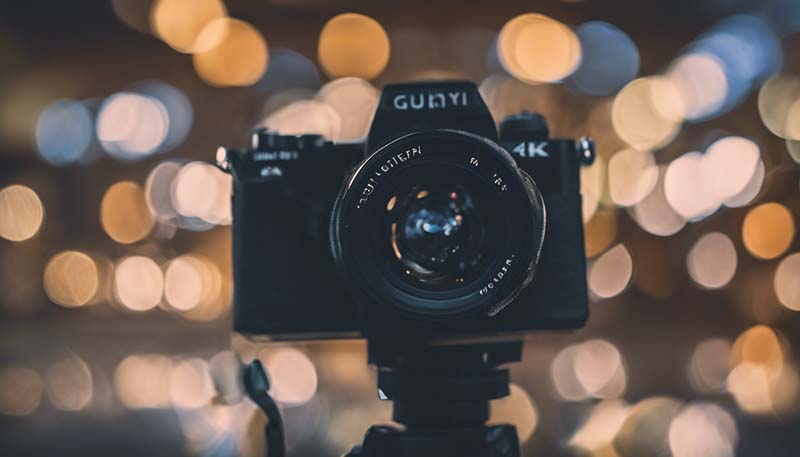Cultural Diplomacy: The Role of Art in International Relations
Cultural Diplomacy: The Role of Art in International Relations
Introduction
In the realm of international relations, cultural diplomacy has emerged as a significant tool for fostering mutual understanding and promoting peace among nations. Art, as a universal language, plays a crucial role in this diplomatic endeavor. This article aims to explore the concept of cultural diplomacy, the role of art in international relations, and the various ways in which art can be used to enhance diplomatic ties and promote global harmony.
The Concept of Cultural Diplomacy
Cultural diplomacy refers to the exchange of ideas, values, traditions, and other cultural aspects between nations to foster mutual understanding and promote peaceful relations. It is a non-conventional form of diplomacy that complements traditional diplomatic methods by focusing on the cultural aspects of international relations.
Cultural diplomacy can take various forms, such as artistic performances, cultural exhibitions, educational exchanges, and collaborative projects. It serves as a bridge between nations, allowing them to learn about each other\'s cultures, traditions, and values. This, in turn, helps to break down barriers, build trust, and promote positive relationships.
Advertisement
The Role of Art in International Relations
Art has always been an essential component of human culture, reflecting the values, beliefs, and aspirations of societies. In the context of international relations, art serves as a powerful tool for cultural diplomacy. It can transcend language barriers, convey complex ideas, and evoke emotions that resonate with people across different cultures.
1. Communication and Dialogue
Art can facilitate communication and dialogue between nations by providing a platform for the exchange of ideas and perspectives. Through art, nations can express their cultural identity and share their unique perspectives on various issues. This can help to promote understanding and foster a sense of unity among nations.
2. Building Bridges
Art can help to build bridges between nations by highlighting their shared values and common interests. By showcasing the works of artists from different cultures, nations can demonstrate their appreciation for diversity and their commitment to fostering global harmony.
3. Enhancing Soft Power
Art can enhance a nation\'s soft power by showcasing its cultural achievements and promoting its values and ideals. By supporting and promoting the arts, nations can project a positive image of themselves and attract the admiration and respect of other countries.
4. Conflict Resolution
Art can play a role in conflict resolution by promoting empathy and understanding between nations. By presenting the human experiences and emotions associated with conflict, art can help to foster a sense of shared humanity and encourage dialogue and reconciliation.
The Various Ways Art is Used in Cultural Diplomacy
1. Artistic Exchanges
Artistic exchanges, such as performances, exhibitions, and workshops, can provide opportunities for artists from different nations to collaborate and share their cultural perspectives. These exchanges can foster mutual understanding and promote cultural appreciation.
2. Cultural Centers
Cultural centers, such as embassies and consulates, can serve as platforms for promoting cultural diplomacy. By hosting art exhibitions, performances, and other cultural events, these centers can showcase the cultural achievements of their respective nations and promote cultural exchange.
3. Educational Programs
Educational programs, such as study abroad initiatives and cultural exchange programs, can provide opportunities for individuals to learn about other cultures and engage in artistic pursuits. These programs can help to promote cultural understanding and foster global harmony.

4. Collaborative Projects
Collaborative projects, such as artistic collaborations and joint cultural initiatives, can bring together artists and cultural institutions from different nations to work on shared goals and projects. These collaborations can foster cultural exchange and promote a sense of unity among nations.
5. International Art Festivals
International art festivals can serve as platforms for showcasing the artistic achievements of different nations and promoting cultural exchange. By bringing together artists from around the world, these festivals can help to promote understanding and foster a sense of global community.
Conclusion
Cultural diplomacy, with art as its cornerstone, plays a vital role in international relations. It helps to foster mutual understanding, promote peace, and enhance global harmony. By engaging in cultural diplomacy, nations can build bridges, enhance their soft power, and contribute to the resolution of conflicts. As we continue to navigate the complexities of the modern world, the role of art in cultural diplomacy will only grow in importance.
Comments